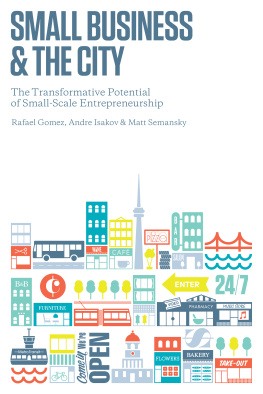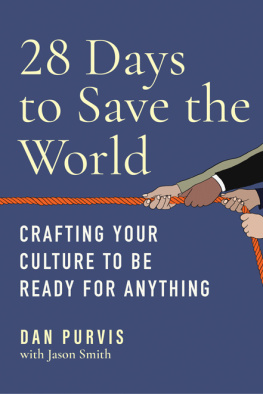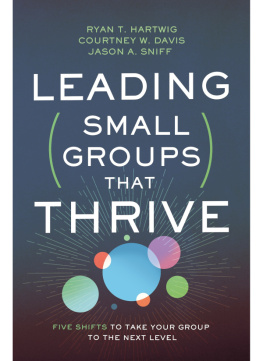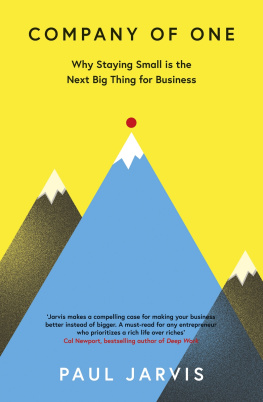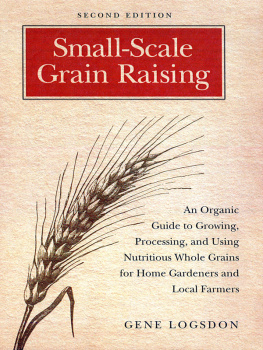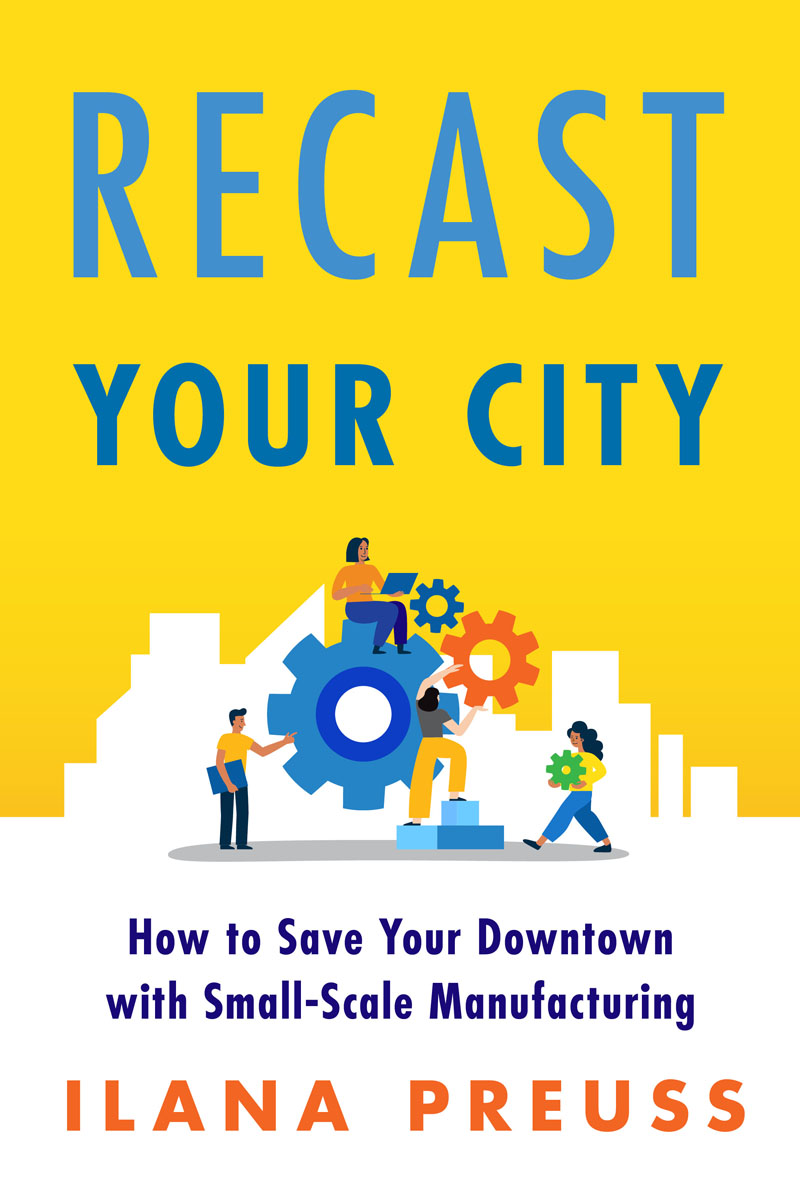
About Island Press
Since 1984, the nonprofit organization Island Press has been stimulating, shaping, and communicating ideas that are essential for solving environmental problems worldwide. With more than 1,000 titles in print and some 30 new releases each year, we are the nations leading publisher on environmental issues. We identify innovative thinkers and emerging trends in the environmental field. We work with world-renowned experts and authors to develop cross-disciplinary solutions to environmental challenges.
Island Press designs and executes educational campaigns, in conjunction with our authors, to communicate their critical messages in print, in person, and online using the latest technologies, innovative programs, and the media. Our goal is to reach targeted audiencesscientists, policy makers, environmental advocates, urban planners, the media, and concerned citizenswith information that can be used to create the framework for long-term ecological health and human well-being.
Island Press gratefully acknowledges major support from The Bobolink Foundation, Caldera Foundation, The Curtis and Edith Munson Foundation, The Forrest C. and Frances H. Lattner Foundation, The JPB Foundation, The Kresge Foundation, The Summit Charitable Foundation, Inc., and many other generous organizations and individuals.
The opinions expressed in this book are those of the author(s) and do not necessarily reflect the views of our supporters.

Island Presss mission is to provide the best ideas and information to those seeking to understand and protect the environment and create solutions to its complex problems. Click here to get our newsletter for the latest news on authors, events, and free book giveaways.


Artisan Businesses Bring a Neighborhood to Life
2021 Ilana Preuss
All rights reserved under International and Pan-American Copyright Conventions. No part of this book may be reproduced in any form or by any means without permission in writing from the publisher: Island Press, 2000 M Street, NW, Suite 480b, Washington, DC 20036
Library of Congress Control Number: 2020946283
All Island Press books are printed on environmentally responsible materials.
Manufactured in the United States of America
10 9 8 7 6 5 4 3 2 1
All chapter illustrations were created by Mary Koger at Crow Insight, LLC.
Keywords: artisanal business, downtown redevelopment, economic resilience, inclusive economic prosperity, locally owned business, Main Street, makerspace, microenterprise, micromanufacturing, neighborhood center, Opportunity Zone, public participation, real estate development, shared kitchen, shared textile space, shared woodshop, small-scale manufacturing, wealth gap
To my parents, Ruth and Peter, for teaching everyone in your lives to believe in themselves and in the worth of other people, for teaching me to use a drill and fix things, and for teaching me that we each have a responsibility to do good in the world. Thank you.
Contents

Small-Scale Manufacturing: The Secret Sauce
CHAPTER 1
What It Means to Recast Your City
I N 2019, I WAS IN A VAN FULL OF RESIDENTS and visitors being driven down the old neighborhood main street of McComb-Veazey, a historically Black and Creole neighborhood in Lafayette, Louisiana. At one intersection, Tina Bingham, the driver, pointed in different directions and explained, That used to be our grocery store, but it closed ten years ago and is a hair supply store now. Over there, we used to have an old bank building, but the property owner let it sit empty for so long it became a safety hazard and was bulldozed last year. And this old car dealership building with the glass front right along the street edge just sits empty and is used for storage. In every direction we looked, we saw vacant lots or buildings that had seen better days.
This neighborhood had once been home to zydeco music legends, markets, and churches and had been a cultural center for Creole foods. It was clear from Binghams description of the old main street that it had been the heart of the neighborhood, a place where people came together. Over time, this area had been cut off from downtown and the neighboring areas by new railroad tracks, then by the state highway, and now by the threat of a new elevated highway. There had been little investment coming to the area for a long time.
Now, though, neighborhood leaders are working hard to change things for the better. Bingham, who leads the McComb-Veazey neighborhood association and serves as the community development director for the local chapter of Habitat for Humanity, has brought those two organizations together to redevelop delinquent properties and create new homes and community spaces in the neighborhood. This old main street was next on her listthe residents didnt own any of that property and had lost control over that space a long time ago.
I was there to find ways to get locally owned small-scale manufacturers into these spaces to bring this main street backfor the neighborhood and by the neighborhood. On our tour, we met neighborhood business owners offering amazing Creole food such as boudin and pickled okra but who had no place to grow, and no place to get business development support. Bingham believed in the value of the skills of her neighbors and the history of the place, and she knew that this street could be so much more. She recognized that small-scale manufacturing businessesbusiness that make productscould help bring the neighborhood back to life.
The Secret Sauce: Small-Scale Manufacturing
Small-scale manufacturing businesses create a tangible productin any materialthat can be replicated or packaged; my catch-all is hot sauce, handbags, and hardware. The business can be all about technology (for example, a supply chain business that uses 3D printers to supply parts for the Department of Defense) or can be artisan (for example, a consumer-facing business that handcrafts leather handbags). It can be food-based (beer or chocolate anyone?), or it can be food materialbased (all-natural lotions). It can sell direct to consumers, sell wholesale to retailers, or sell into business-to-business supply chains.
Such businesses are considered small scale because of their number of employees and the amount of space they need. Small-scale manufacturing businesses have fewer than fifty employees; most of the time, they have fewer than twenty. Their space needs are smaller, too; they generally need less than 5,000 square feet of space, and most need less than 1,000 to 2,000 square feet. They can operate in storefronts and smaller spaces that are not considered manufacturing and in general, large, distant industrial spaces dont serve their needs because of their small space requirements. In addition, these businesses are modern manufacturing and are most often quiet, clean, and great neighbors.
Small-scale manufacturing businesses help us create thriving places, with business ownership opportunities and good-paying jobs that other business types cannot fulfill. They are the hidden gems in the economic development strategy and downtown reinvestment efforts of every place (yes, I really mean
Next page


